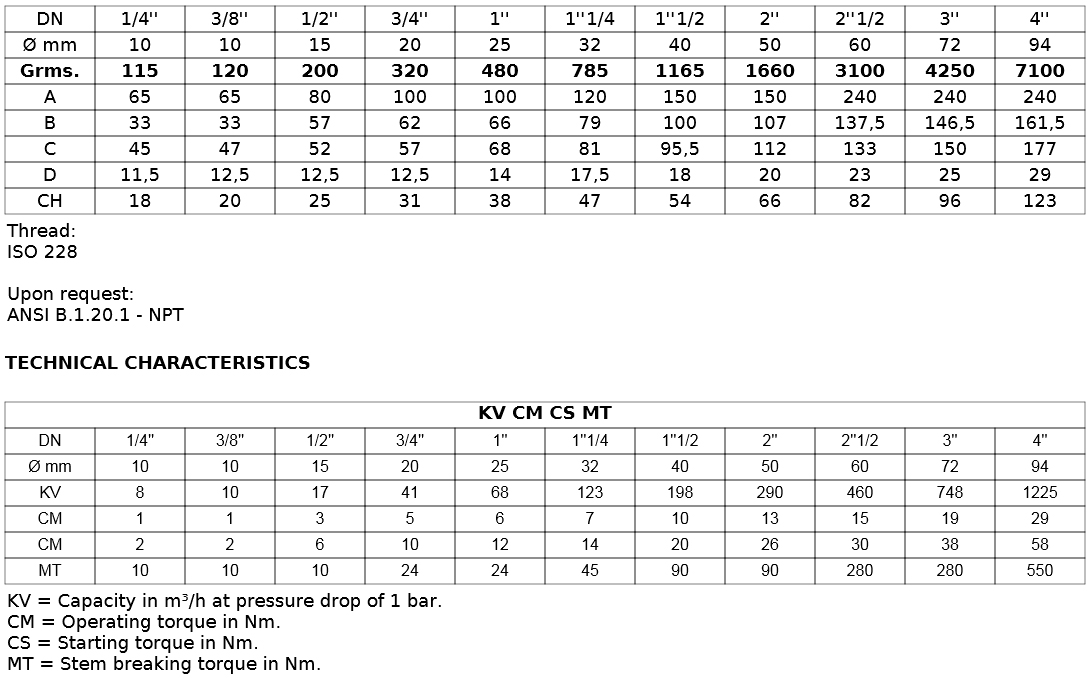There are two principal classifications, namely casting alloys and wrought alloys, both of . Повідомити про інше зображення Поскаржитись на вміст зображення. Aluminum comes in many different shapes and grades. The type of aluminum grade you choose ultimately depends on how you intend to use the metal.
Your intended use allows you to rank the characteristics of each grade from most important to least important. This will help you narrow down the list of .

Кеш Схожі Перекласти цю сторінку лип. If your project does not have any physical or structural demands, and the aesthetics are not important, then almost any . Descriptions and General Llses. Excellent decoratitre appearance with an excellent anodising quality. Typical application as . The versatility of aluminium makes it the most widely used metal after steel.
Aluminium is the world¡¯s most abundant metal. The specifications, properties, classifications and class details are provided for aluminium and aluminium alloys. There are many great reasons to choose aluminum extrusions for your project.

It has a high strength-to-weight ratio and possesses non-corrosive properties. It is environmentally friendly and can accept high-performance coatings. Different types of corrosion, more or less visible to the naked eye, can occur on aluminium , such as uniform (generalised) corrosion, pitting corrosion, stress corrosion, etc. The predominant type of corrosion will depend on a certain number of factors that are intrinsic to the metal, the medium and the conditions of use. Example of corrosion starting to attack an aluminium plate.
Corrosion is a direct decomposition of the aluminium surface called pitting. The cause of corrosion is rooted in the insufficient natural corrosion resistance of aluminium. On this page you will find information about the most common types of corrosion, about the . Pure aluminium is relatively soft.
To overcome this, the metal can be alloyed with other metals. The copper- aluminium alloys commonly know in English-speaking countries as aluminium bronzes contain approximately to aluminium , some having additions of iron, nickel, manganese or silicon. All the aluminium bronzes have good corrosion resistance but they vary in this respect . Upon arrival, the very first step is qualified and thorough inspection of the material before it is sent to the stockpile for different types of scrap, i. The statement that aluminium can be recycled without loss in quality refers to the specific alloys since alloying components cannot be removed. The most common types of aluminium corrosion are: galvanic corrosion . Chemical etchants compatible with negative and positive photoresists for developing ohmic contacts and interconnections in integrated circuits, transistors, diodes, MOD and FET devices. ALUMINUM ETCHANT – TYPE A Standard aluminum.
The distribution of dissolved aluminium among various monomeric species in differ ent types of waters from the Lake G? Swe den, was investigated.

An equilibrium model including naturally dissolved organic matter complexes of aluminium (Al-org) was used to evaluate the . Functional and user-friendly opening types are very important requirements that need to be considered in the design phase of your building. Reynaers window and door systems come in an extensive variety of opening possibilities suiting almost every possible need. This in a maximal level of user-friendliness.
We divide possible filler alloys into four types, numbered to correspond with the alloy series to which they belong: Type pure aluminium Type Al-Mn Type Al -Si Type Al-Mg Table 3. Compositions of actual filler alloys . Modern and minimalistic architecture often features large glass surfaces that offer many advantages: your rooms get filled with natural daylight, they look more spacious and you can enjoy a beautiful view. Moreover, when oriented properly, large windows can provide lots of passive solar gain.